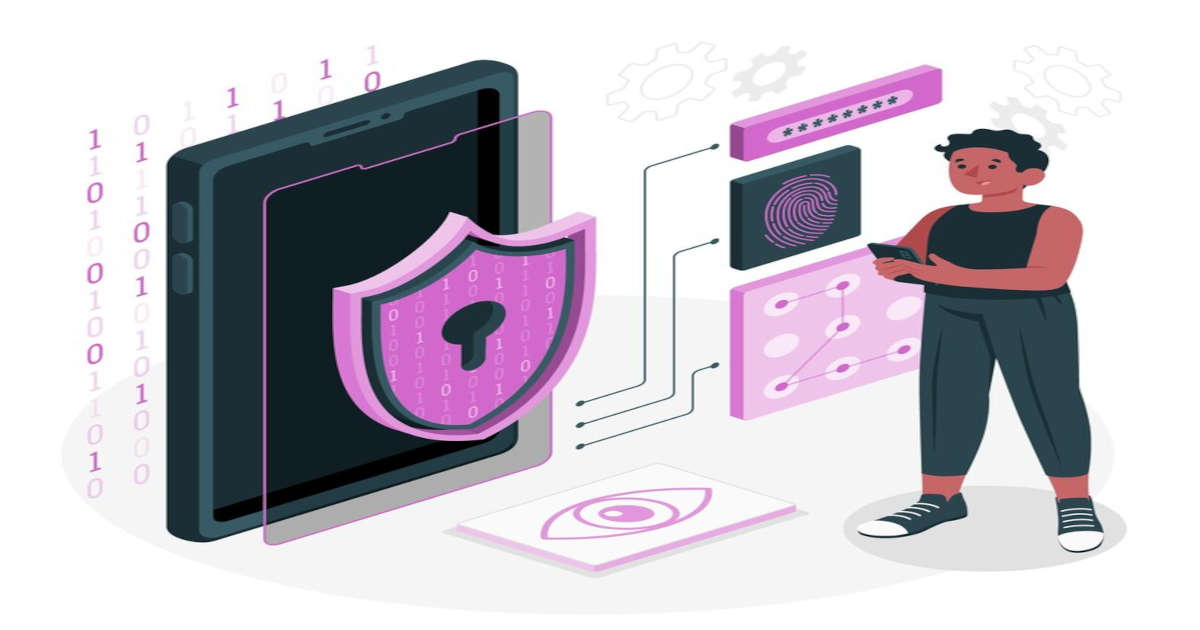Strategies for Secure Interaction Design: authority, guidelines for interface design
Strategies for Secure Interaction Design: authority, guidelines for interface design
- It’s the user who is making security decision, so, keep user in mind when designing security systems.
Authority Guidelines
- Match the easiest way to do a task with the least granting of authority.
- What are typical user tasks?
- What is the easiest way for the user to accomplish each task?
- What authority is granted to software and other people when the user takes the easiest route to completing the task?
- How can the safest ways of accomplishing the task be made easier and vice versa?
- Grant authority to others in accordance with user actions indicating consent.
- When does the system give access to the user’s resources?
- What user action grants that access?
- Does the user understand that the action grants access?
- Offer the user ways to reduce other’s authority to access the user’s resources.
- What kind of access does the user grant to software and other users?
- Which types of access can be revoked?
- How can the interface help the user find and revoke access?
Authorization and Communication Guidelines
- Users should know what authority other’s have.
- What kind of authority can software and other users hold?
- What kind of authority impact user decisions with security consequences?
- How can the interface provide timely access to information about these authorities?
- User should know what authority they themselves have.
- What kind of authority does the user hold?
- How does the user know they have that authority?
- What might the user decide based on their expectation of authority?
- Make sure the user trust the software acting on their behalf.
- What agents manipulate authority on the user’s behalf?
- How can users be sure they are communicating with the intended agent?
- How might the agent be impersonated?
- How might the user’s communication with the agent be corrupted/intercepted?
Interface Guidelines for Usable Security
- Enable the user to express safe security policies that fit the user’s task.
- What are some examples of security policies that users might want enforced for typical tasks?
- How can the user express these policies?
- How can the expression of policy be brought closer to the task?
- Draw distinction among objects and actions along boundaries relevant to the task.
- At what level of details does the interface allow objects and actions to be separately manipulated?
- What distinction between affected objects and unaffected objects does the user care about?
- Present objects and actions using distinguishable, truthful appearances.
- How does the user identify and distinguish different objects and actions?
- In what ways can the means of identification be controlled by other parties?
- What aspects of an object’s appearances are under system control?
- How can those aspects be chosen to best prevent deception?
This post is licensed under CC BY 4.0 by the author.
